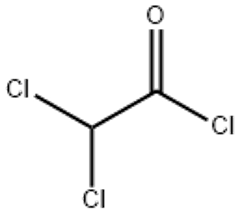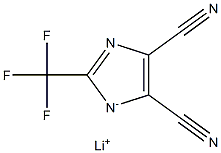2,4-Difluoronitrobenzene(CAS#446-35-5)
| Risk Codes | R25 – Toxic if swallowed R36/37/38 – Irritating to eyes, respiratory system and skin. R23/24/25 – Toxic by inhalation, in contact with skin and if swallowed. R20/21/22 – Harmful by inhalation, in contact with skin and if swallowed. |
| Safety Description | S26 – In case of contact with eyes, rinse immediately with plenty of water and seek medical advice. S45 – In case of accident or if you feel unwell, seek medical advice immediately (show the label whenever possible.) S36/37/39 – Wear suitable protective clothing, gloves and eye/face protection. S23 – Do not breathe vapour. |
| UN IDs | UN 2810 6.1/PG 1 |
| WGK Germany | 3 |
| RTECS | CZ5730000 |
| TSCA | T |
| HS Code | 29049090 |
| Hazard Note | Irritant |
| Hazard Class | 6.1 |
| Packing Group | III |
Introduction
2,4-Difluoronitrobenzene is an organic compound. The following is an introduction to its properties, uses, manufacturing methods and safety information:Quality:2,4-difluoronitrobenzene is a colorless crystalline solid with strong oxidizing and corrosive properties. It can be dissolved in some organic solvents such as ethanol, ether, and methylene chloride.Use:2,4-difluoronitrobenzene is often used as a substrate or reagent in organic synthesis. It can be used in the synthesis of inhibitors, pesticides and pharmaceutical intermediates. It can also be used to synthesize dyes, explosives, and fungicides, among others.Method:2,4-difluoronitrobenzene is usually prepared by nitrification of 2,4-difluoronitroaniline. 2,4-difluoronitroaniline is dissolved in concentrated sulfuric acid, and nitric acid is slowly added dropwise. At the end of the reaction, the product is filtered and then decolorized and dried.Safety Information: Chemical protective glasses, gloves and protective clothing should be worn. Avoid inhaling its gases or dust, and avoid contact with skin and eyes. During use and storage, a well-ventilated environment should be maintained, and relevant safety operating procedures should be strictly observed.








